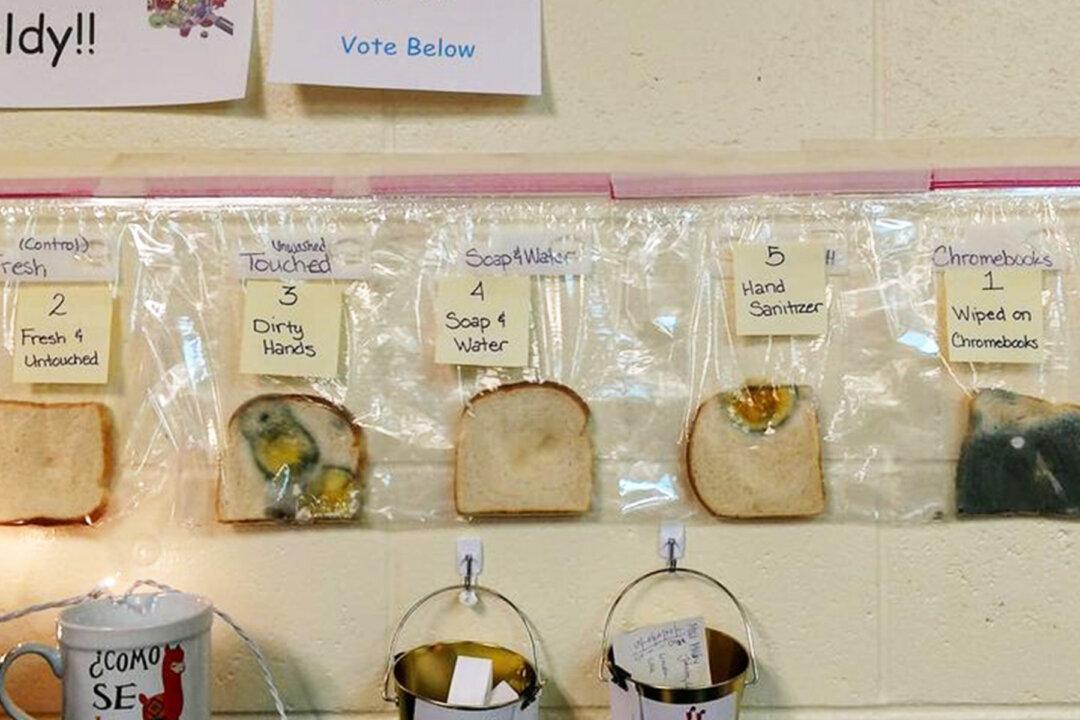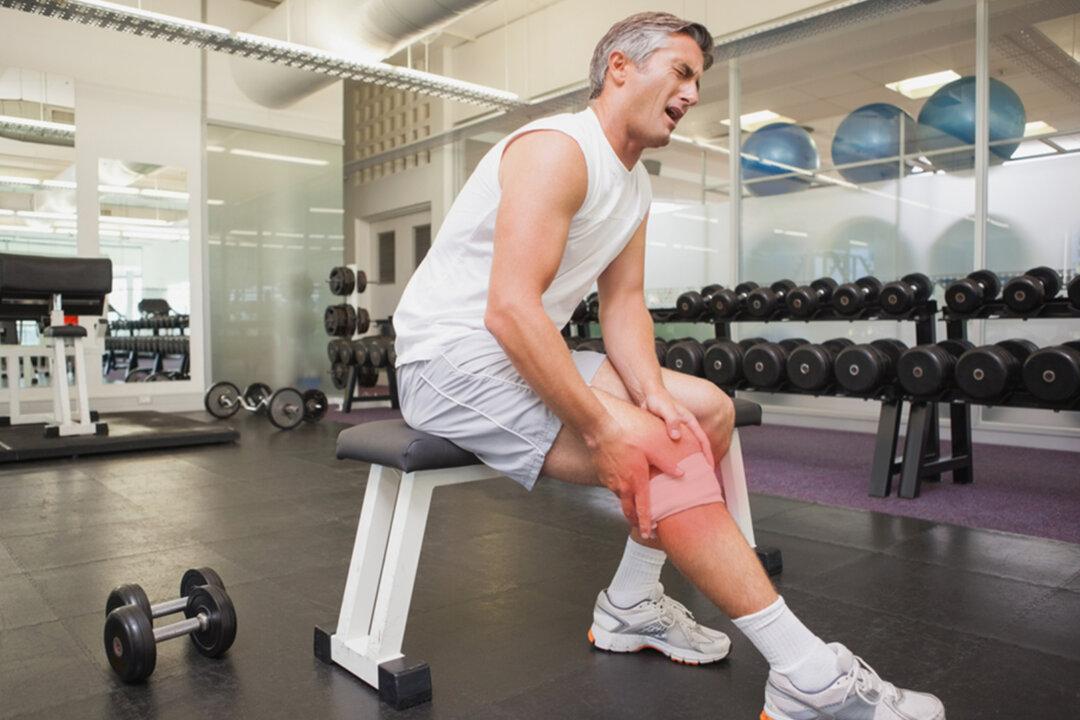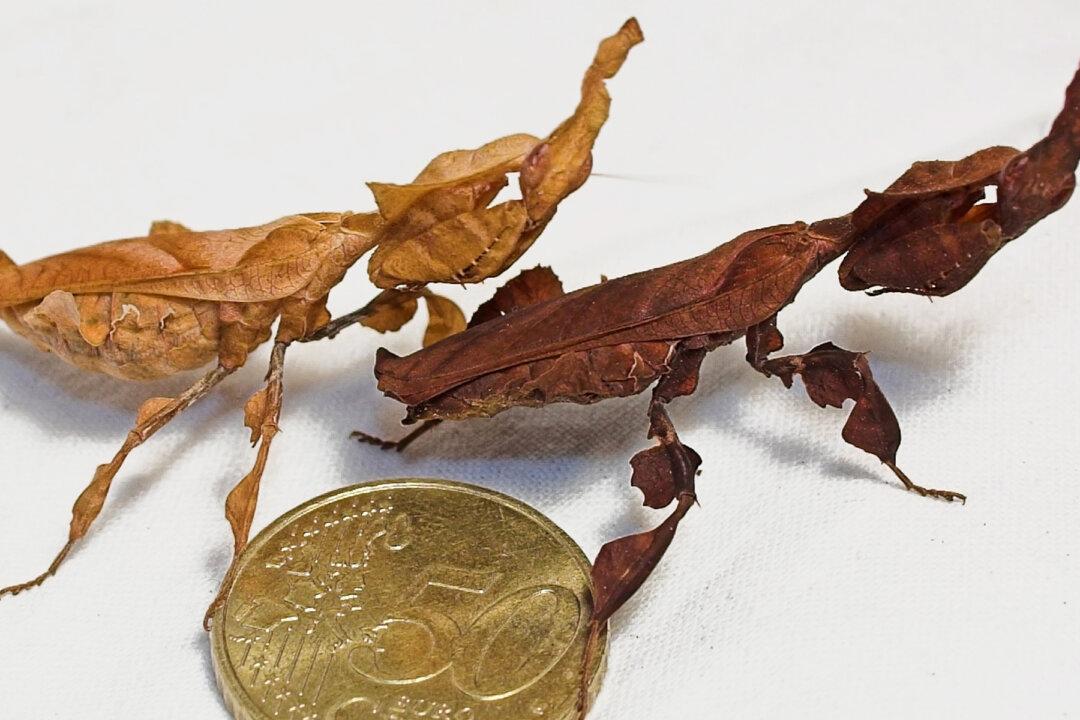As the massive outbreak of the novel coronavirus captures the headlines, an Idaho teacher’s classroom science experiment serves as a timely reminder of the importance of handwashing.
Behavior specialist Jaralee Annice Metcalf and teacher Dayna Robertson of Discovery Falls Elementary School in Idaho teamed up to show their students the gross effects of unwashed hands. The one-month-long experiment compared five pieces of bread after being exposed to germs.





